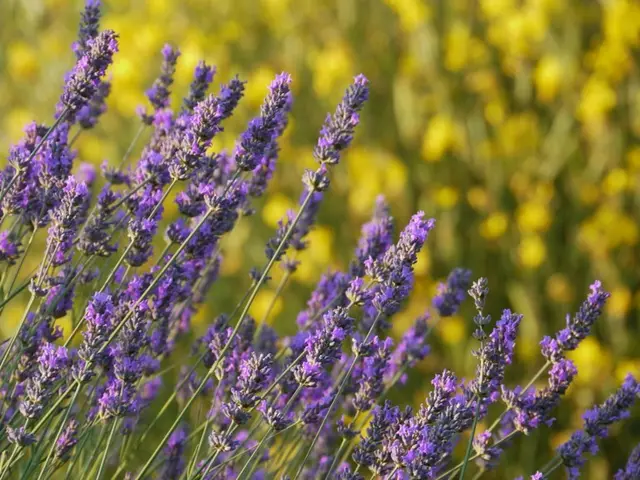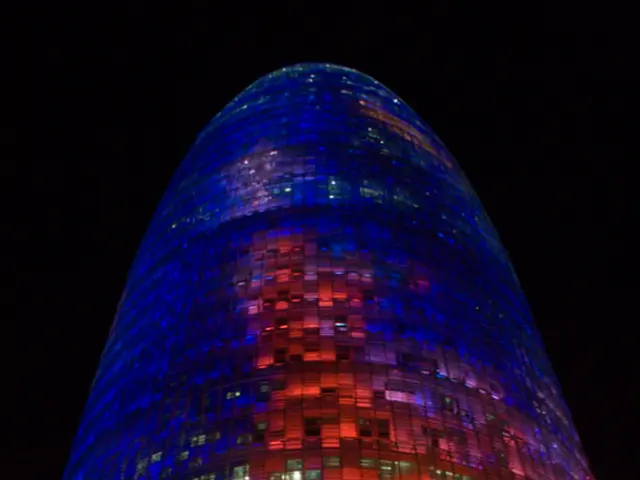Transform Your Garden Into a Haven for Pollinating Creatures
==================================================================
In an effort to support the declining pollinator population, here's a guide to help you establish a pollinator-friendly garden. By following these strategies, you can attract bees, butterflies, hummingbirds, and other beneficial insects to your garden.
Planting Suitable Flowers
The foundation of a pollinator-friendly garden lies in the choice of flowers.
- Choose Native Plants: Native plants are naturally attractive to local pollinators and require less maintenance. Consider plants like sunflowers, bee balm, lavender, and coneflowers.
- Layered Planting: Create a layered effect by planting tall, medium, and low-growing flowers. This mimics natural ecosystems and provides diverse habitats for different pollinators.
- Seasonal Blooms: Select flowers that bloom at different times to offer year-round nectar for pollinators.
Avoiding Pesticides
- Refrain from Chemical Use: Avoid using pesticides, including neonicotinoids, which can harm or kill pollinators.
- Integrated Pest Management (IPM): Implement IPM strategies to manage pests without harming beneficial insects. Start with non-toxic methods and consider physical barriers or biological control.
Providing Resting Spaces
- Water Sources: Include shallow water sources like bee cups or birdbaths. Change the water regularly to prevent mosquito breeding.
- Mud Puddles: Create mud puddles for bees that need mud to build nests, like mason bees.
- Nesting Sites: Provide nesting sites for solitary bees and butterflies. Leave some areas of the garden unmanicured with brush piles or deadwood for nesting.
- Sheltered Areas: Create sheltered spots by planting partial shade zones or using natural structures to protect pollinators from wind and sun.
Additional Tips
- Group Plants in Clusters: Plant flowers in clusters or drifts, as pollinators are attracted to large groups of the same species.
- Avoid Non-Native Vegetation: Minimize the use of non-native plants and grasses, which offer little to no nutrition for pollinators.
By following these guidelines, you can create a pollinator-friendly garden that supports a variety of pollinators throughout the year. Happy gardening!
- By choosing native herbs like sunflowers, bee balm, lavender, and coneflowers for planting, you can create a garden that naturally attracts local pollinators.
- To mimic natural ecosystems in your garden, consider layered planting with a combination of tall, medium, and low-growing flowers, providing diverse habitats for different pollinators.
- In your pollinator-friendly garden, opt for an organic lifestyle by avoiding the use of pesticides, including neonicotinoids, which can harm or kill pollinators.
- In addition to flowers, provide resting spaces for pollinators by including shallow water sources like bee cups or birdbaths, mud puddles for bees that need mud to build nests, and nesting sites for solitary bees and butterflies.
- To enhance the decor of your home-and-garden, consider creating sheltered areas using natural structures or by planting partial shade zones to protect pollinators from wind and sun.
- When grouping plants in your garden, plant flowers in clusters or drifts, as pollinators are attracted to large groups of the same species, and minimize the use of non-native plants and grasses, which offer little to no nutrition for pollinators.




